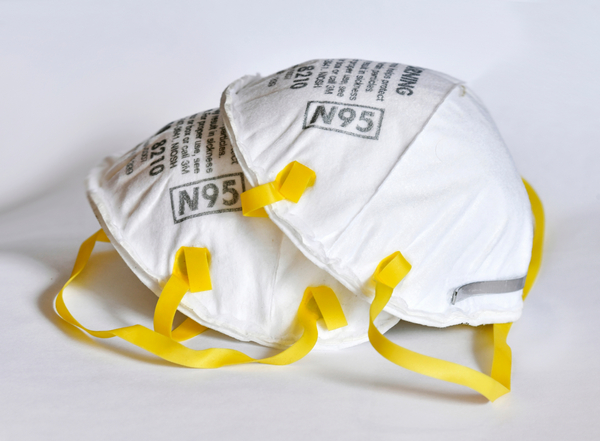Wet Microbial Penetration Resistance Tester for medical surgical face mask
The Wet Microbial Penetration Resistance Tester is a testing device commonly used to assess the resistance of medical surgical face masks to the penetration of microbial contaminants when exposed to liquid droplets or aerosols. This test helps evaluate the effectiveness of these masks in preventing the transmission of pathogens.
The testing procedure for the Wet Microbial Penetration Resistance Tester typically involves the following steps:
1. Test Specimen Preparation: A representative sample of the surgical face masks is selected for testing. The masks are prepared according to the specified dimensions and requirements outlined in the testing standard or protocol.
2. Microbial Challenge: A liquid suspension of microorganisms, often a surrogate organism, is applied to the outer surface of the mask. The suspension simulates potential contamination scenarios where the mask may encounter airborne droplets containing pathogens.

3. Pressure Application: A controlled pressure is applied on the mask to simulate the conditions during a potential exposure to liquid droplets. This pressure helps to determine the mask's resistance to penetration by the microbial challenge.
4. Collection and Analysis: After the pressure is applied, the liquid that penetrates through the mask is collected, typically in a collection vessel or on a solid medium. The collected liquid is then analyzed for the presence of microorganisms. This analysis could involve techniques such as microbial culture or molecular methods to detect and quantify the penetrated microorganisms.
The Wet Microbial Penetration Resistance Tester provides a standardized and controlled method for assessing the barrier properties of surgical face masks against liquid-borne microbial contamination. The test helps manufacturers, regulatory bodies, and healthcare facilities understand the level of protection provided by different types of masks and make informed decisions regarding their selection and use in healthcare settings.
It is important to note that specific testing procedures, equipment, and evaluation criteria may vary depending on the testing standard or protocol followed, such as ASTM F2101 or EN 14683. It is advisable to consult the relevant standard to obtain precise testing requirements and instructions.

